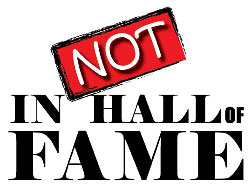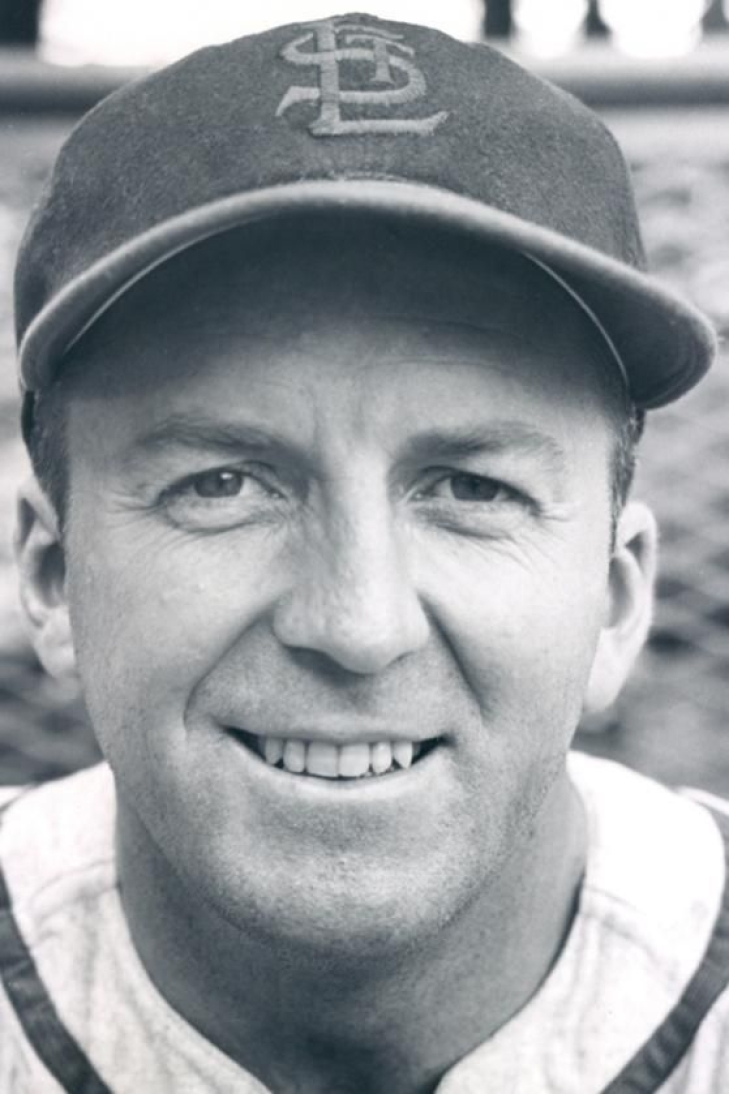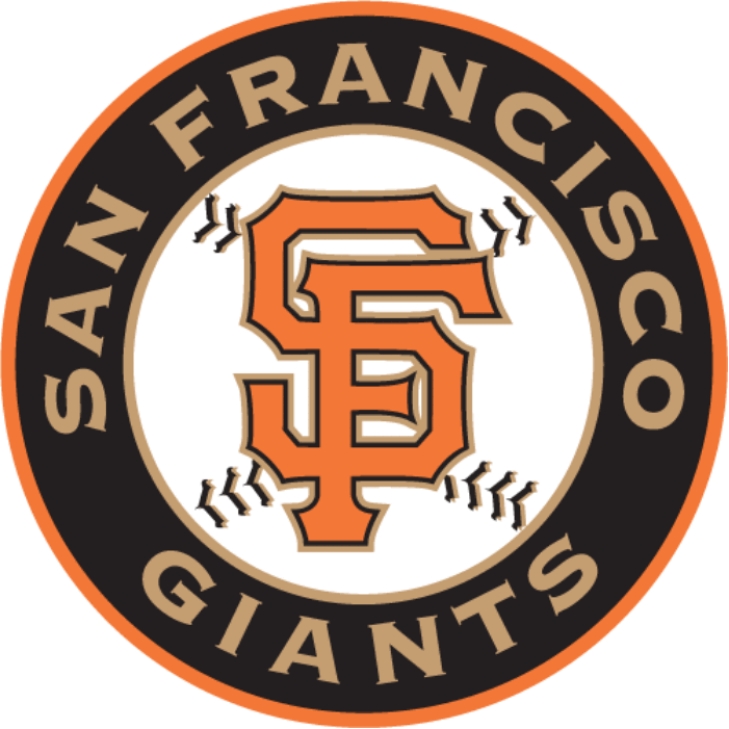
Committee Chairman
Our All Time Top 50 St. Louis Cardinals have been revised to reflect the 2024 Season
Yes, we know that this is taking a while!
As many of you know, we at Notinhalloffame.com are slowly generating the top 50 of each major North American sports team. That being said, we have existing Top 50 lists and consistently look to update them when necessary and based on necessity. As such, we are delighted to present our post-2024 revision of our top 50 St. Louis Cardinals.
As for all of our top 50 players in baseball, we look at the following:
1. Advanced Statistics.
2. Traditional statistics and how they finished in the National League.
3. Playoff accomplishments.
4. Their overall impact on the team and other intangibles that are not reflected in a stat sheet.
Please note that our algorithm has changed, which yielded minor changes throughout the baseball lists.
Last year, the Cardinals won 83 Games, but did not make the playoffs. The rebuilding squad saw minimal movement in the top 50, and the only new entrant was based on the new algorithm.
As always, we present our top five, which saw no changes
1. Stan Musial
2. Albert Pujols
3. Rogers Hornsby
4. Bob Gibson
5. Ozzie Smith
You can find the entire list here.
The only new addition was Ripper Collins, who as discussed above, enters via the new system.
We thank you for your continued support of our lists on Notinhalloffame.com.
48. Terry Moore
A Cardinal for the entirety of his playing career, Terry Moore was a n excellent defensive Outfielder, who likely would have been a multi-time Gold Glove winner, had that been an accolade at the time.
Moore, who was named to four straight All-Stars (1939-42), was also a decent hitter with a lifetime Batting Average of .280 with 1,318 career Hits. He also helped the Cards win the World Series in 1942 and 1946.
Our All Time Top 50 San Francisco Giants have been revised to reflect the 2024 Season
Yes, we know that this is taking a while!
As many of you know, we at Notinhalloffame.com are slowly generating the top 50 of each major North American sports team. That being said, we have existing Top 50 lists and consistently look to update them when necessary and based on necessity. As such, we are delighted to present our post-2024 revision of our top 50 San Francisco Giants.
As for all of our top 50 players in baseball, we look at the following:
1. Advanced Statistics.
2. Traditional statistics and how they finished in the National League.
3. Playoff accomplishments.
4. Their overall impact on the team and other intangibles that are not reflected in a stat sheet.
Please note that our algorithm has changed, which yielded minor changes throughout the baseball lists.
Last year, the Giants went 80-82 and were fourth in the NL West. There were no new entrants, except for one who debuts based on the new algorithm,
As always, we present our top five, which saw one change based on the new algorithm.
1. Willie Mays
2. Barry Bonds
3. Mel Ott
4. Christy Mathewson
5. Carl Hubbell
You can find the entire list here.
The only new addition was George Van Haltren, who as discussed above, enters via the new system.
We thank you for your continued support of our lists on Notinhalloffame.com.
The Impact of Wearable Technology in Sports Equipment: Smarter and Safer Designs for Athletes
As technology advances, the world of sports gear and equipment is undergoing a revolutionary transformation. From smart wearables that monitor performance to safer materials that protect athletes, the future of sports gear is all about innovation. These cutting-edge designs not only enhance athletic performance but also prioritize safety and sustainability, addressing the evolving needs of athletes and enthusiasts.
Join banger casino online and let’s dive into the emerging trends shaping the future of sports gear and explore how they’re making sports smarter, safer, and more sustainable.
Smarter Gear for Enhanced Performance
Smart Wearables
Technology-integrated wearables are redefining how athletes train and perform by providing real-time data and actionable insights.
- Performance Tracking:
Devices like GPS-enabled watches, heart rate monitors, and biomechanical sensors offer detailed metrics on speed, distance, and physical exertion. - Customized Feedback:
Smart insoles and compression gear analyze movement patterns, helping athletes correct posture and improve efficiency.
Example:
The WHOOP strap tracks an athlete’s recovery, sleep patterns, and strain levels, enabling optimized training schedules.
Advanced Analytics
Smart equipment integrates with mobile apps and cloud platforms, allowing athletes and coaches to analyze performance trends over time.
- Video-Assisted Insights:
Devices like smart tennis rackets and golf clubs collect swing data, enabling detailed breakdowns of technique. - Predictive Capabilities:
AI-powered tools forecast potential injuries or fatigue, allowing proactive adjustments to training regimens.
Example:
The Wilson X Connected Basketball tracks shooting accuracy and provides drills to improve performance via a companion app.
Safer Designs for Injury Prevention
Protective Gear with Smart Features
Modern protective equipment combines advanced materials with sensors to enhance safety without compromising comfort.
- Impact Sensors:
Helmets with built-in sensors measure the force of impacts, alerting athletes to potential concussions. - Dynamic Padding:
Innovations like liquid shock-absorbing materials adapt to varying impact levels, offering superior protection.
Example:
The Riddell Smart Helmet, used in football, detects and logs head impacts, aiding in injury prevention and research.
Ergonomic and Lightweight Materials
The use of lightweight, durable materials ensures better protection and comfort for athletes.
- Carbon Fiber and Kevlar:
Helmets, shin guards, and body armor incorporate these materials for high strength-to-weight ratios. - Enhanced Fit:
Custom-molded equipment like mouthguards and knee braces reduce pressure points and improve overall safety.
Example:
G-Form’s Reactive Protection Technology (RPT) pads remain flexible during movement but harden upon impact, offering exceptional protection for extreme sports athletes.
Sustainable Innovations in Sports Gear
Eco-Friendly Materials
Sustainability is becoming a key focus, with brands embracing environmentally conscious manufacturing processes.
- Recycled Components:
Companies are using recycled plastics, rubber, and organic fabrics to create durable sports gear. - Biodegradable Alternatives:
Innovations like compostable running shoes and plant-based fibers reduce the environmental impact of sports equipment.
Example:
Adidas’ Futurecraft Loop running shoes are made entirely from recyclable materials, designed for a circular lifecycle.
Energy Efficiency
Smart equipment is being designed with energy efficiency in mind to minimize its ecological footprint.
- Self-Powered Devices:
Wearables that harvest kinetic energy eliminate the need for batteries. - Sustainable Packaging:
Brands are reducing packaging waste by adopting minimal and recyclable materials.
Example:
Pavegen tiles in sports arenas convert footsteps into energy, powering lights and displays sustainably.
Inclusive and Adaptive Equipment
Designs for All Abilities
Adaptive sports gear ensures inclusivity by catering to athletes with disabilities.
- Customized Prosthetics:
Advanced prosthetics are designed for specific sports, such as running blades or swimming fins. - Wheelchair Innovations:
Lightweight, aerodynamic wheelchairs enhance speed and maneuverability for sports like basketball and racing.
Example:
Össur’s Flex-Foot Cheetah prosthetic is widely used by Paralympic sprinters for its optimal energy return and performance.
Gender-Specific Gear
Brands are developing sports gear tailored to different body types and biomechanics.
- Women-Centric Designs:
Sports bras with built-in heart rate monitors and gear that accommodates female-specific anatomical needs. - Unisex Options:
Gear designed for versatility and inclusivity caters to a broader range of users.
Example:
Nike’s Pro Hijab provides a breathable, performance-driven option for female Muslim athletes, ensuring comfort and mobility.
The Role of AI and VR in Sports Gear
Virtual Training Simulations
Virtual reality (VR) and augmented reality (AR) enhance training experiences by simulating real-game scenarios.
- Skill Development:
VR headsets allow athletes to practice decision-making and strategy in lifelike virtual environments. - Interactive Coaching:
AR-enabled glasses display real-time feedback on technique, helping athletes make immediate adjustments.
Example:
STRIVR’s VR training system is used by NFL teams to simulate plays and improve player awareness.
AI-Driven Customization
AI helps create personalized sports gear that adapts to an athlete’s unique needs.
- 3D Scanning:
AI-powered tools measure precise body dimensions for tailored gear, ensuring a perfect fit.X$ - Dynamic Adjustments:
Smart shoes and apparel adapt in real-time to provide optimal support and comfort.
Example:
Under Armour’s HOVR running shoes feature embedded chips that track performance and offer AI-based coaching tips.
The Future: What’s Next in Sports Gear
Wearable Robotics
Exoskeletons and wearable robotics could redefine sports performance and recovery.
- Performance Boost:
Robotic suits could enhance strength, speed, and endurance for athletes. - Injury Rehabilitation:
Exoskeletons help injured athletes recover faster by supporting movements during therapy.
Example:
ReWalk’s robotic exoskeleton aids in mobility for rehabilitation and could pave the way for similar advancements in sports.
Hyper-Personalized Gear
Future sports equipment will increasingly cater to individual preferences and conditions.
- Smart Textiles:
Clothing with embedded sensors will monitor hydration, temperature, and muscle fatigue. - Biomechanical Adaptations:
Gear will dynamically adjust to suit specific terrains, weather conditions, or activity intensity.
Example:
Columbia Sportswear’s Omni-Heat technology regulates body temperature based on environmental conditions, a glimpse into fully adaptive clothing.
Conclusion
The future of sports gear and equipment is a thrilling blend of innovation, safety, and sustainability. Smarter designs are enhancing performance, safer materials are protecting athletes, and eco-friendly practices are paving the way for a more sustainable industry. As technology continues to evolve, the possibilities for smarter, safer, and more inclusive sports gear are limitless.
From smarter wearables to safer materials, the next generation of sports gear is not just about winning—it’s about redefining how we play, compete, and protect the planet.





